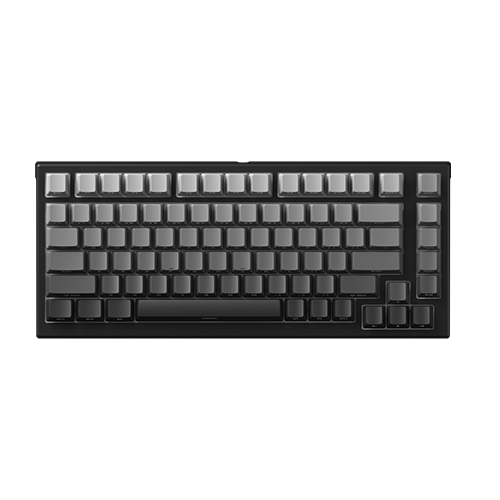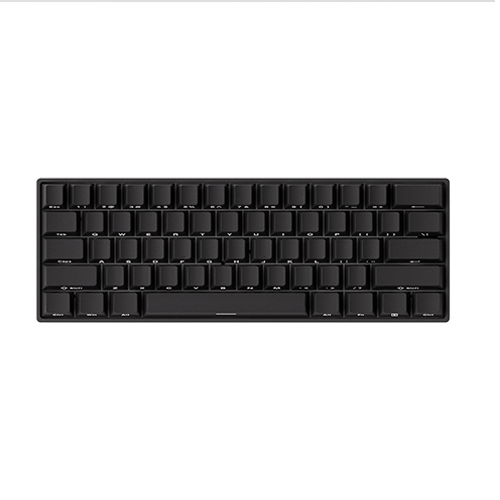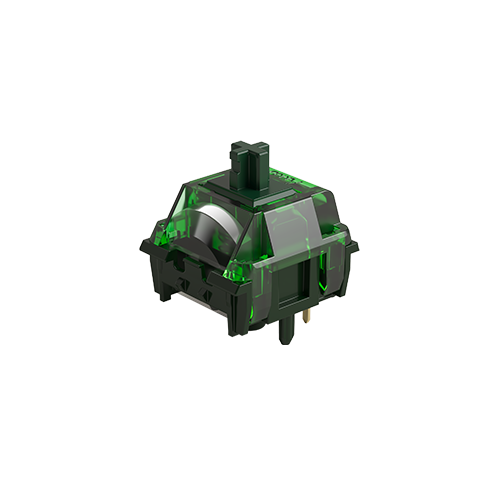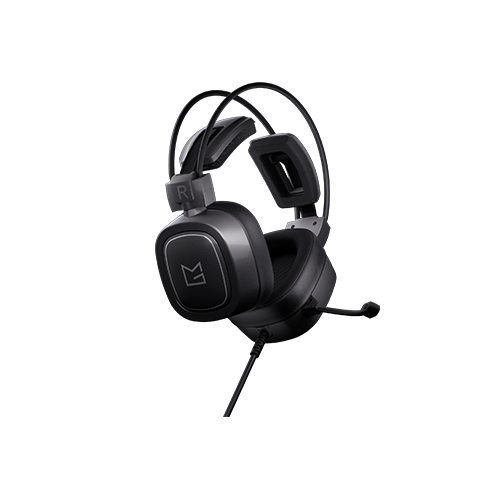QWERTY vs AZERTY? What You May Want to Know
📅Aug. 20. 2025
Have you ever stopped to wonder why your keyboard is laid out the way it is? While QWERTY is the undisputed global standard, a different, equally functional layout exists in French-speaking countries: AZERTY.
So what’s the real difference between QWERTY vs AZERTY? And does your choice affect how you type or game? Whether you’re shopping for a new mechanical keyboard or just curious about regional typing layouts, this guide will walk you through the essentials.
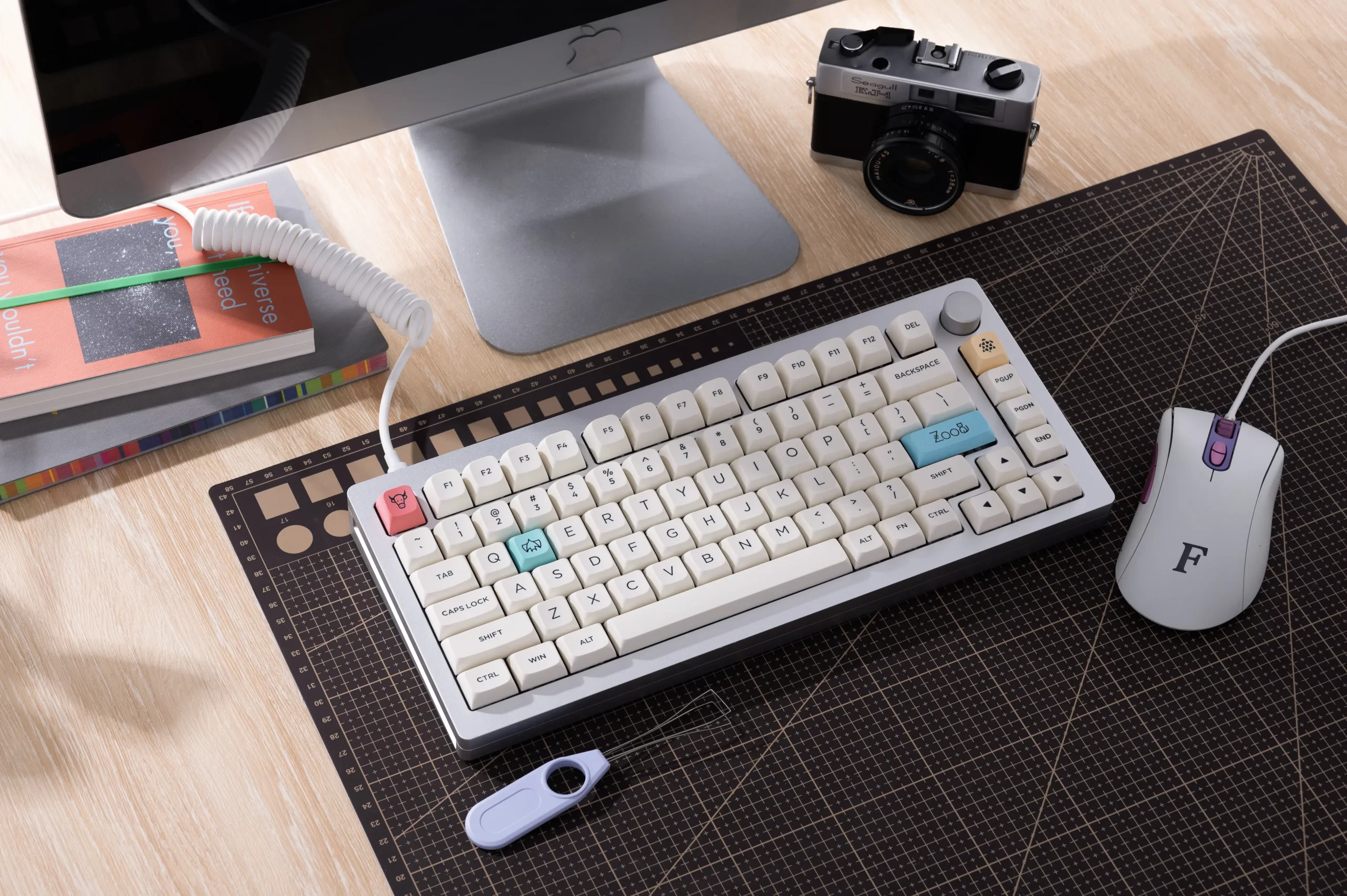
The Origins of QWERTY and AZERTY
QWERTY: The Global Standard
The QWERTY layout was developed in the 1870s by Christopher Latham Sholes for the Remington typewriter. Named after the first six letters on the top letter row, QWERTY was designed to minimize key jams by spacing commonly paired letters apart.
Over time, it became the default layout for typewriters and later, computer keyboards—especially in English-speaking countries. Today, it remains the most common layout worldwide, used in the U.S., UK, Australia, and many parts of Asia.
AZERTY: The French Twist
AZERTY was developed as a regional adaptation of QWERTY, specifically optimized for the French language. It swaps several letters and punctuation marks to better suit French typing habits. For example:
- A and Q are switched
- Z and W are switched
- M is moved to the right of L
- Accented characters like é, è, à, and ù are more easily accessible
AZERTY is widely used in France and Belgium, and some versions also support French Canadian input.
QWERTY vs AZERTY: Key Differences
| Feature | QWERTY | AZERTY |
|---|---|---|
| Primary Language | English | French |
| Top Left Keys | Q, W, E, R, T, Y | A, Z, E, R, T, Y |
| Punctuation | More friendly to English punctuation | Optimized for French accents and symbols |
| Availability | Default in most countries | Mostly found in France, Belgium |
| Typing Style | Familiar to English speakers | Familiar to French speakers |
| Keyboard Layout | Standard US/UK ANSI or ISO | French ISO layout |
While the two layouts look similar, the muscle memory for typing on each is very different. For bilingual users or people switching between regions, this can present a real challenge.
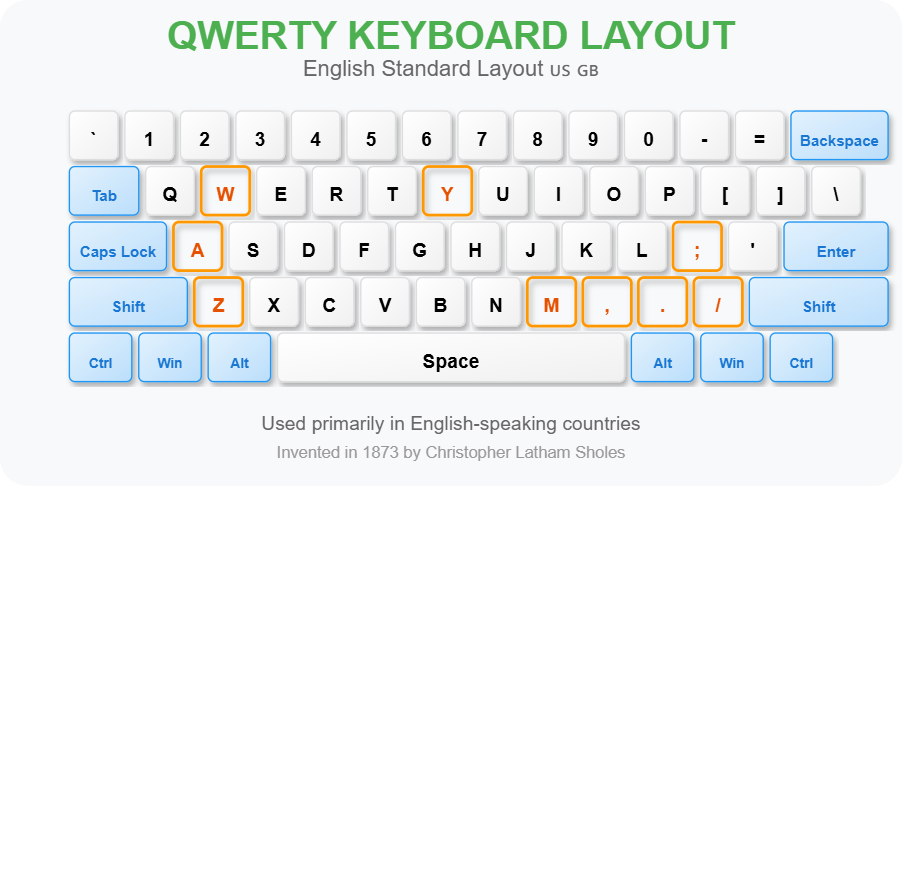

Typing Experience & Ergonomics
Typing on QWERTY vs AZERTY feels different—not just due to key placement, but also how common letters are distributed. For example:
- QWERTY places vowels and frequent English consonants like T, N, and S in accessible positions.
- AZERTY prioritizes accented vowels and French-specific symbols, which can slow down English typing.
That’s why it’s important to choose the layout that matches your primary language and usage context.
Gaming on QWERTY vs AZERTY Layouts
Gamers often rely on the WASD keys for movement—but in AZERTY, those are replaced by ZQSD due to the layout change. This means:
- Many PC games assume a QWERTY layout by default
- AZERTY users may need to remap controls or switch keyboard input in settings
- For competitive gaming, muscle memory matters—so consistency in layout is key
If you’re gaming in French but using a QWERTY keyboard, or vice versa, you may need time to adjust or consider rebinding your controls.
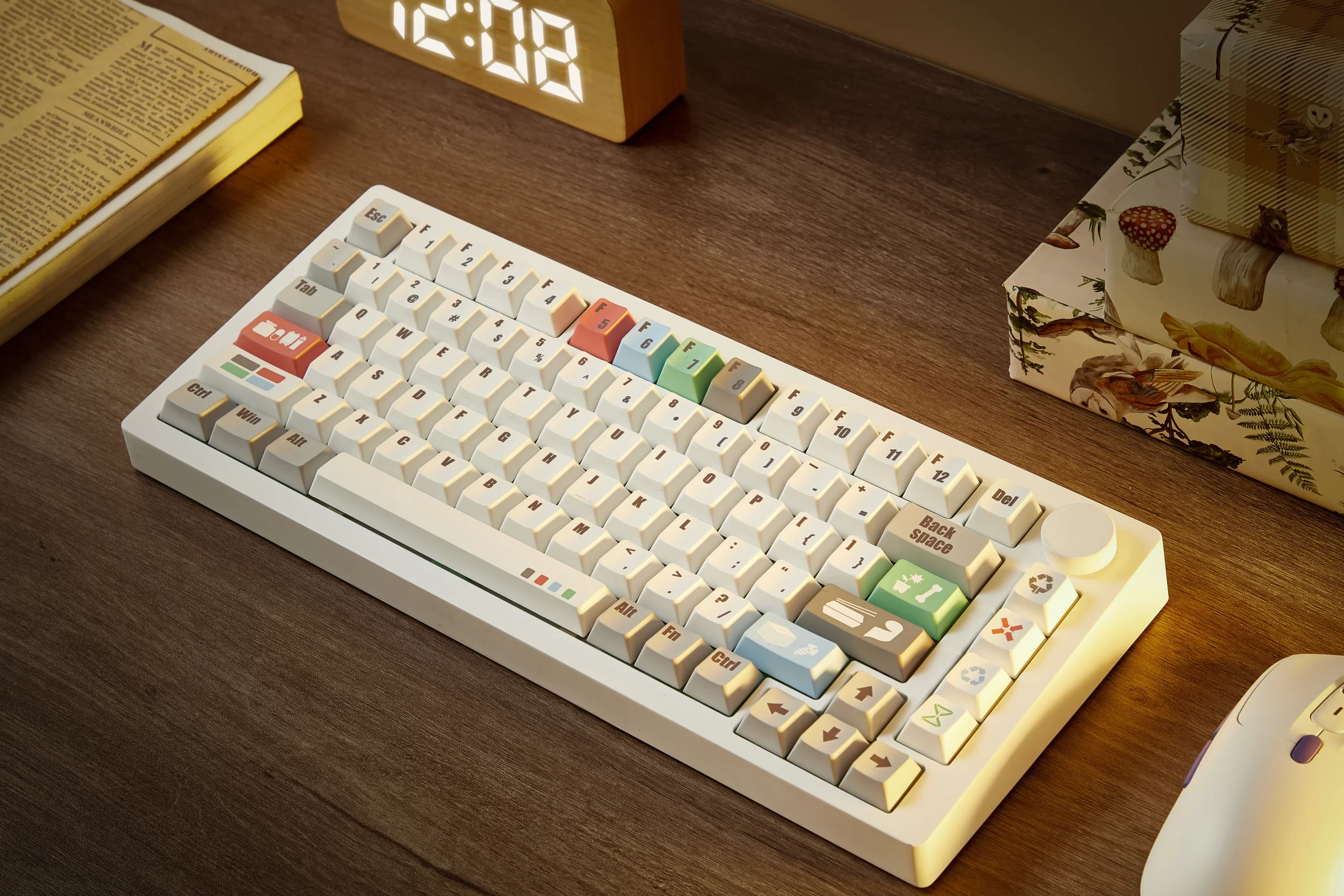
Layout Switching & Key Remapping
Fortunately, most modern operating systems allow easy switching between layouts. Here’s how you can set it up step by step:
On Windows 11/10 (steps may differ slightly depending on version):
-
Open Settings → Time & Language → Language & Region
-
Under Preferred languages, click on the language you need (e.g., French or English) and select Options
-
In the Keyboards section, click Add a keyboard → search and choose French AZERTY or English QWERTY
-
You can then quickly switch layouts using Win + Space (the current layout name will be shown on screen when switching).
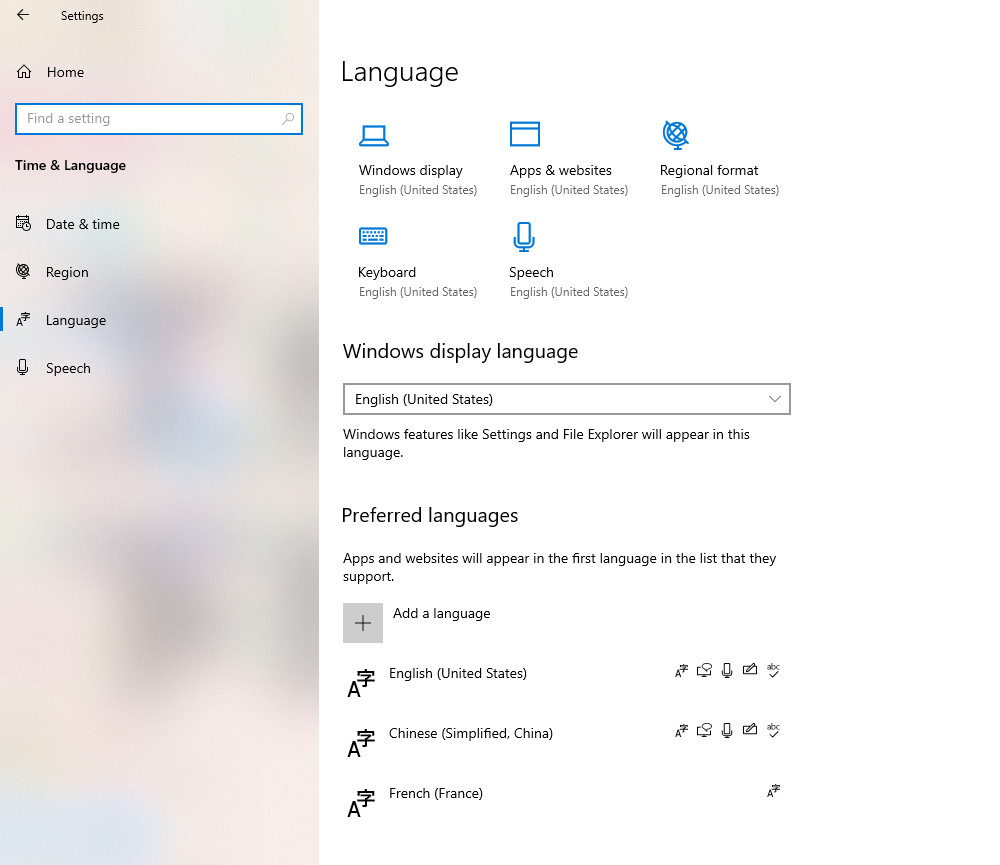
On macOS (System Settings):
-
Go to System Settings → Keyboard → Input Sources
-
Click the + in the bottom left to add a layout:
-
For French → choose AZERTY
-
For English → choose U.S. QWERTY
-
-
Check Show input menu in menu bar to display the current layout in the top status bar.
-
Use Control + Space to cycle through input layouts (must be enabled in settings).
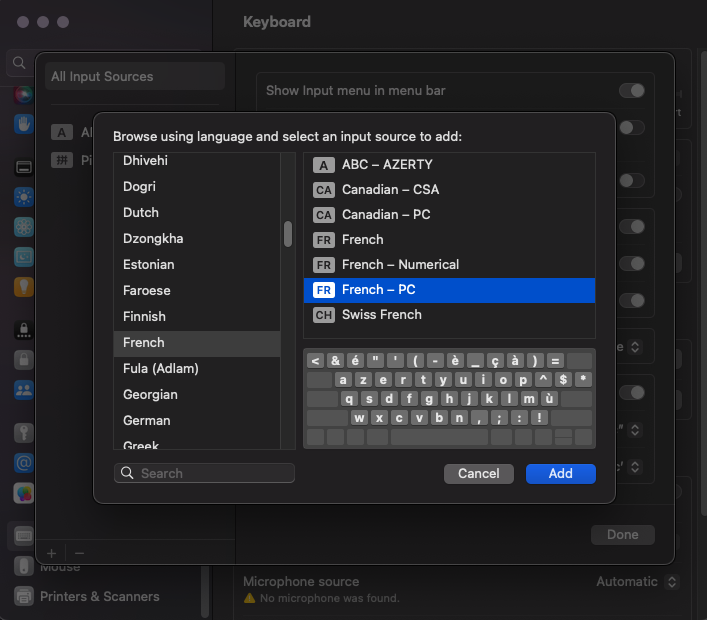
On Linux:
The exact steps vary by distribution, but most desktop environments (GNOME, KDE, etc.) allow you to add and toggle keyboard layouts in Settings → Keyboard. You can typically assign a custom hotkey for quick switching.
Which Layout Should You Choose?
Ultimately, your choice between QWERTY and AZERTY comes down to:
- Primary language
- Typing or gaming needs
- Muscle memory
- Device ecosystem
Here’s a quick breakdown:
| You Should Choose... | If You... |
|---|---|
| QWERTY | Primarily type in English, play games, or want maximum software compatibility |
| AZERTY | Primarily type in French, need quick access to accented characters, or live in France/Belgium |
The QWERTY vs AZERTY debate isn’t about which layout is “better”—it’s about what fits your usage best. Each was designed with a specific purpose and audience in mind. QWERTY dominates the global keyboard landscape, especially for gaming and English typing. Meanwhile, AZERTY remains essential for French users, with optimizations that make daily typing more efficient in that language.
Whichever you choose, the key is to find the layout that supports your work, play, and comfort—so your keyboard truly works with you.
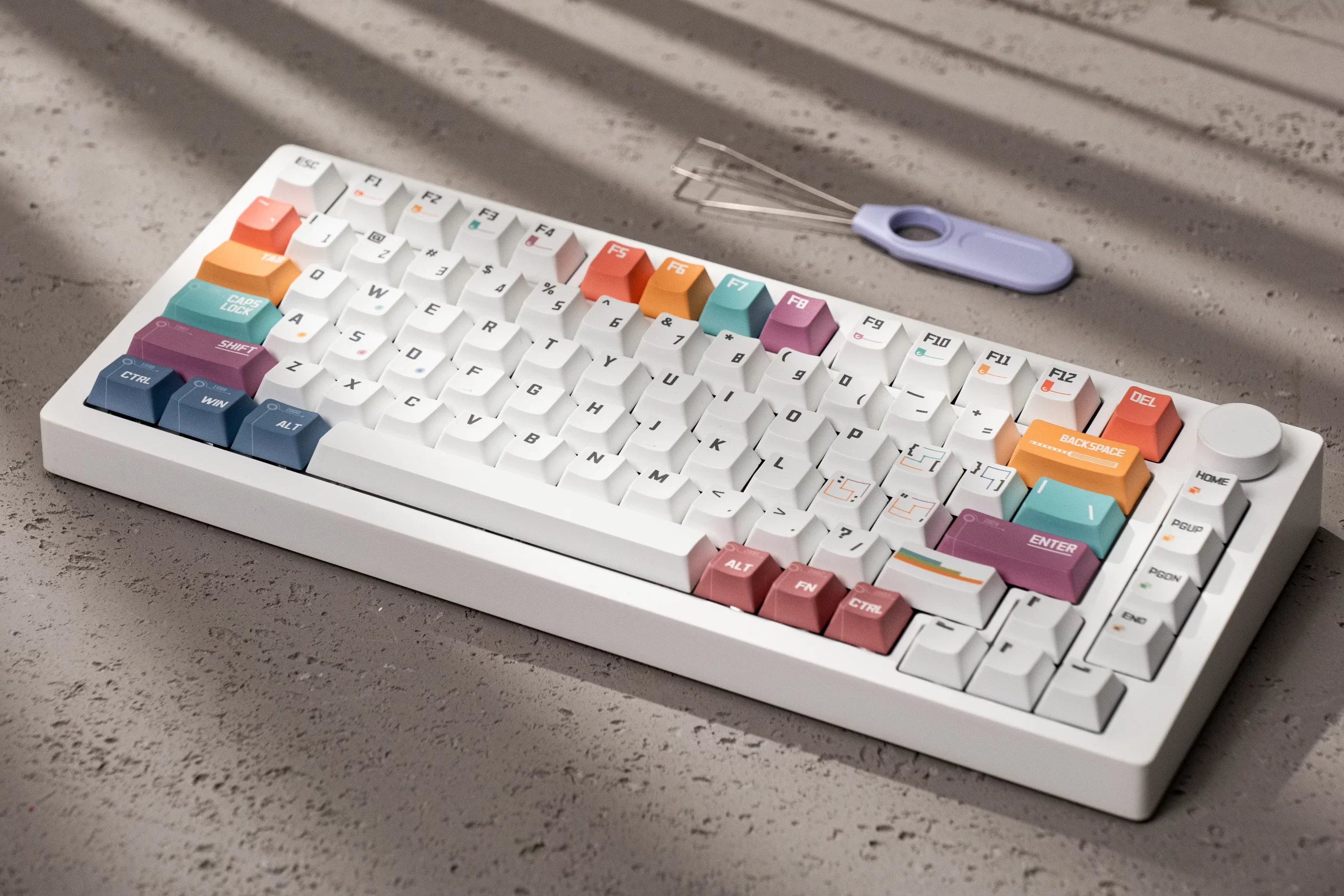
Related Reads You May Enjoy
Polling rates from 125Hz to 8000Hz—what do they mean, and do you really need the fastest one?
From full-size to 60%, learn the different keyboard sizes, layouts, and how to pick the right one for you.
Pros, cons, and top picks for compact keyboards—perfect for gamers, coders, and minimalists alike.


